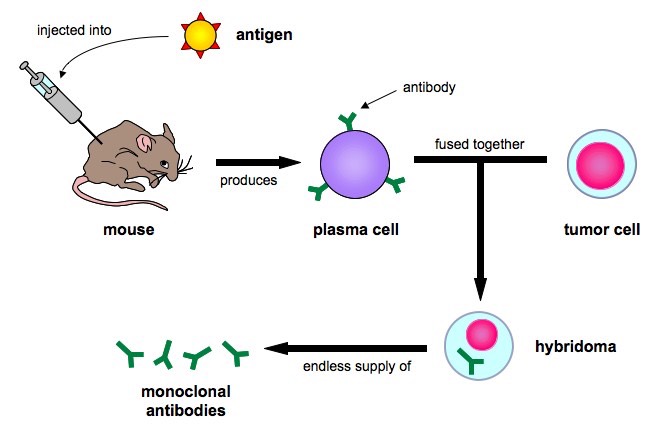
cypruswell
Literature for everyoneHow to Quantify Multiplex PCR?
Thursday , 29, September 2022 Marketing and Advertising Comments Off on How to Quantify Multiplex PCR?ELISA (enzyme-linked immunosorbent assay) is a powerful tool for detecting and quantifying proteins, but it can be limited by the number of proteins that can be detected in a single assay. Multiplexing ELISA, also known as multiplex PCR (polymerase chain reaction), overcomes this limitation by allowing the simultaneous detection of multiple proteins. You can also get more information about multiplex immunohistochemistry via www.bosterbio.com/featured-products .

Multiplexing ELISA has many benefits over traditional ELISA, including increased sensitivity, improved specificity, and the ability to measure multiple proteins in a single sample. Additionally, multiplexing ELISA can be used to quantify proteins that are not easily detected by other methods, such as low-abundance proteins or proteins that are difficult to purify.
There are two types of multiplexing ELISA: sandwich and competitive. Sandwich ELISA is the more sensitive of the two and is typically used for detection of antibodies or other proteins that bind to a specific target. Competitive ELISA is less sensitive but can be used to measure both free and bound forms of a protein.
Applications for multiplexing ELISA include disease diagnosis, drug development, and basic research. For example, multiplexing ELISA can be used to measure levels of multiple cytokines in a single sample of blood or tissue. This information can be used to track the progression of a disease, assess the efficacy of a treatment, or study the role of cytokines in health and disease.
Multiplexing ELISA can also be used to measure levels of multiple proteins in a single cell. This information can be used to understand how cells interact with each other, how they respond to their environment, or what changes occur during disease development.